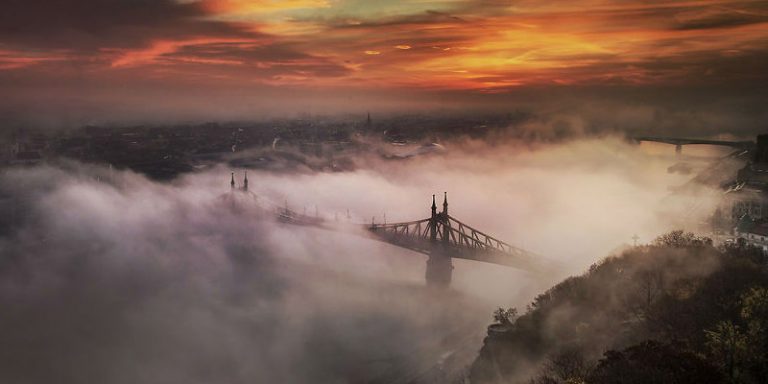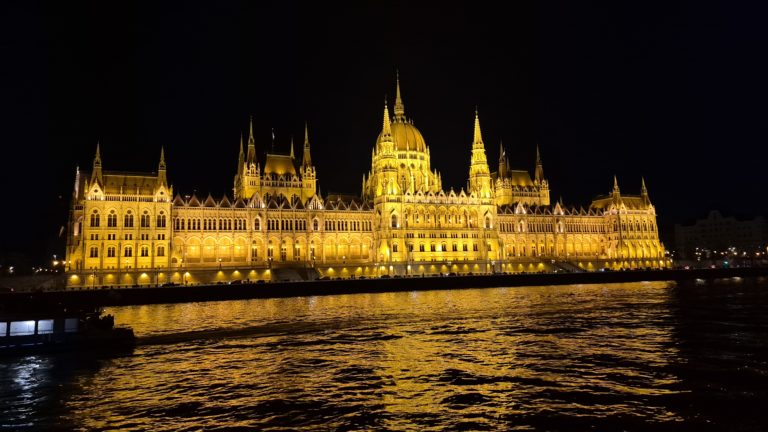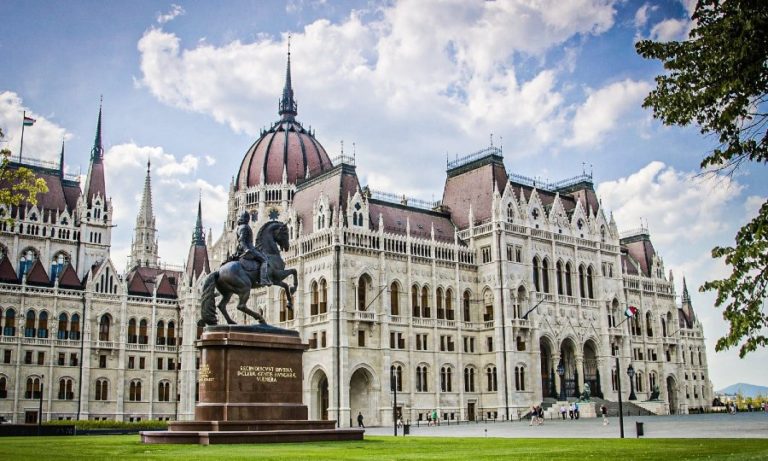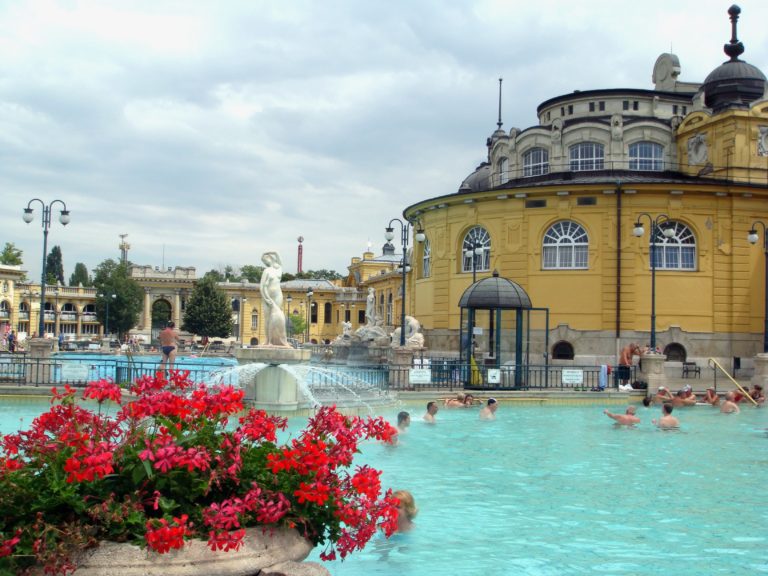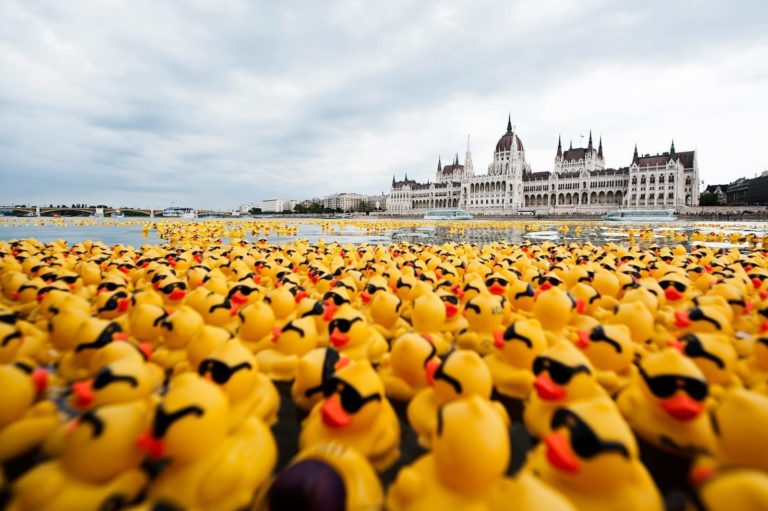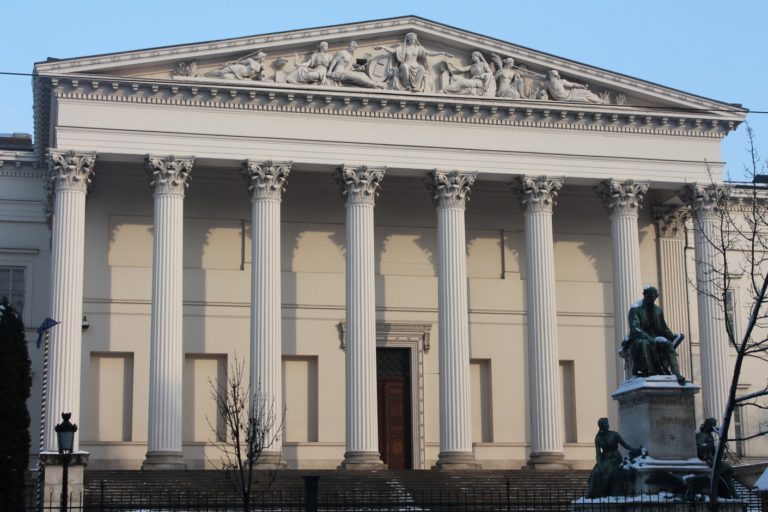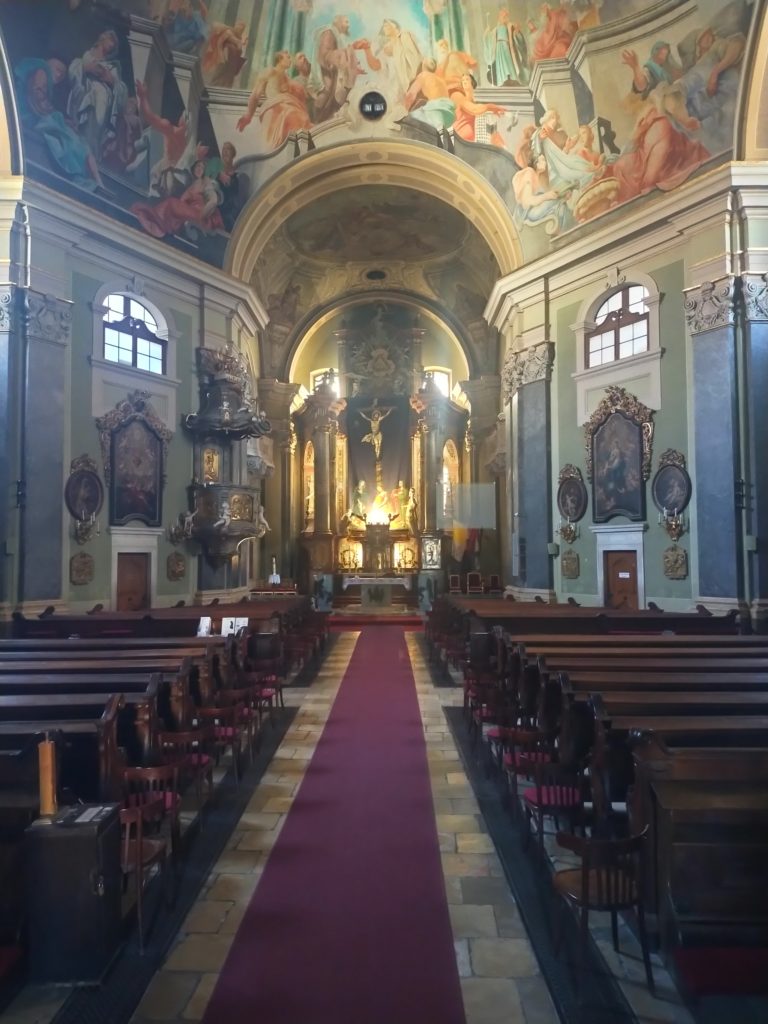The Rubik’s Cube is much more than a toy: it is a worldwide symbol of ingenuity, logic and perseverance. Since its creation in 1974, it has captivated millions of people thanks to its contrast between a simple appearance and impressive mathematical complexity, with more than 4.3 × 10¹⁹ possible combinations. As well as entertaining, it has established itself as an educational tool that stimulates spatial reasoning, memory and problem solving, and has spawned a global community of enthusiasts who share techniques, compete and celebrate their passion for this puzzle.What many do not know is that the Rubik’s Cube has Hungarian roots: it was invented in Budapest by Ernő Rubik, a sculptor and professor of architecture, who initially called it the ‘Magic Cube’. The connection with the Hungarian capital goes beyond its origin, as Budapest also hosted the first edition of the World Rubik’s Cube Championship in 1982, cementing its role…
Budapest, the Pearl of the Danube, is a city that pulses with rich history and vibrant culture, where the majestic river winds its way between grand monuments and picturesque streets. Beyond its architectural splendor and historical legacy, Budapest is also steeped in a fascinating tapestry of legends and folklore passed down through generations. These stories, often blending historical events with elements of popular imagination, not only serve as entertainment but also offer deep insights into the values, beliefs, and fears of Hungarian society over time. The Tongueless Lions of the Chain Bridge Among the many architectural marvels of Budapest, the Széchenyi Chain Bridge stands as one of the city’s most iconic landmarks. Opened in 1849, it was the first permanent bridge to connect Buda and Pest across the Danube River. While its historic and symbolic significance is well known, the bridge is also wrapped in a peculiar urban legend involving…
The Budapest Parliament stands as one of the most iconic and photographed buildings in the Hungarian capital. Its distinctive profile, with its spires soaring skyward and its imposing presence on the banks of the Danube, has made it a globally recognised landmark. Standing majestically on the banks of the river running through the city, it dominates the cityscape and attracts visitors from all corners of the globe. Its strategic location not only offers spectacular panoramic views, but also makes it a visual focal point accessible from many parts of the city. More than just a government building, the Budapest Parliament is a living symbol of Hungary’s rich history, deep national identity and constant aspiration for sovereignty. Its construction and elaborate design were driven by a fervent desire to assert Hungarian independence in a period of significant political and social transformation. General Information The official name of this building in Hungarian…
Budapest, the vibrant capital of Hungary, owes its existence to the 1873 unification of three distinct settlements: Buda, Pest, and Óbuda. This city, strategically located on the banks of the Danube, has served as a crucial crossroads of European history for centuries. Within this rich tapestry of historical development, the Jewish community has played an enduring and multifaceted role, leaving an indelible mark on the city’s identity, culture, and progress. From its earliest traces in Roman times to its vibrant presence today, the story of Jewish settlement in Budapest is one of resilience, contribution, and profound historical significance. This article aims to provide a concise yet comprehensive overview of this remarkable journey, highlighting the key periods, pivotal events, and lasting impact of the Jewish people on the life and character of Budapest. The Origin and History of the Jewish Quarter The Jewish presence in Budapest dates back to Roman times,…
While Budapest is often admired as a whole, its eastern side, Pest, has a unique charm that sets it apart. This vibrant district is where history, culture, and modern life intertwine, offering visitors everything from grand architectural landmarks to quirky museums, lively squares, and atmospheric cafés. Whether you’re drawn to the magnificent Parliament Building, the soothing Széchenyi Thermal Baths, or the bustling Central Market Hall, Pest has something for everyone. In this guide, we explore the must-visit spots that make Pest an essential part of any Budapest itinerary. History landmarks and monuments The Hungarian Parliament Rising majestically along the Danube, the Hungarian Parliament Building is a masterpiece of neo-Gothic architecture and one of Budapest’s most iconic landmarks. With its towering spires, intricate carvings, and a magnificent 96-meter dome, it stands as a symbol of Hungary’s rich history and national pride. Inside, its lavish halls gleam with gold accents, stunning frescoes,…
Known as the “City of Spas,” Budapest boasts a rich thermal bathing tradition dating back to Roman times. With its abundance of natural hot springs, the city is home to some of the most stunning and historic thermal baths in Europe. Whether you’re looking to unwind in grand neo-Baroque surroundings, experience traditional Turkish steam baths, or indulge in modern wellness treatments, Budapest offers a variety of thermal baths to suit every preference. In this guide, we explore the best places to soak, relax, and rejuvenate in the Hungarian capital. Széchenyi Thermal Bath: The Largest in Europe Széchenyi Thermal Bath is not only the most famous in Budapest but also the largest thermal bath complex in Europe. With 15 indoor pools and three expansive outdoor pools, it offers a truly immersive spa experience. The highlight of the complex is the grand outdoor thermal pool, which maintains a soothing temperature of 40°C…
In 2015 and 2014, the Danube River became the stage for one of Budapest’s most unusual and endearing competitions: the Kacsafutam, or ‘duck race’. Thousands of little rubber ducks navigate its waters in an event that combines fun, community and solidarity. Although at first glance it may seem like a mere curiosity attraction, the Kacsafutam has a much deeper purpose: to raise funds for various charitable causes. Origins and Global Context The origins of the Kacsafutam in Budapest are inspired by a global trend that has captivated audiences around the world since the 1990s. Rubber duck races, where thousands of these toys float down the river, have become popular fundraising events in cities from Ohio and Colorado in the United States to Australia, the United Kingdom and Singapore. These events have proved hugely successful, attracting large crowds and generating significant sums of money for charities. The idea behind the Budapest…
Traveling with your dog can be an incredible experience for both of you. It’s a chance to create memories together while enjoying new places. Of course, the most important thing is to find spots where your canine friend can run, play, and feel comfortable. There’s nothing quite like seeing your dog happy, enjoying a good walk or a space where they can socialize with others. And, of course, it’s essential that these places are also welcoming for them, ensuring that they feel cared for and safe so that both you and your pet can fully enjoy the experience. Budapest is full of corners where both of you can have an amazing time! Budapest, the vibrant Hungarian capital, has earned a reputation for being a dog-friendly city. In fact, Budapest holds the title of being the European city with the highest ratio of dogs to humans, which shows how integrated canine…
Budapest is a city full of history in its streets, ideal for travellers on a budget. The Hungarian capital offers a wide range of free activities that allow you to discover its heritage, art and culture without overspending. Here you’ll find recommendations and practical tips to help you enjoy the city on a budget. Free Tours and Walking Routes One of the best ways to get to know Budapest is to take part in free walking tours, led by local guides who share anecdotes and historical details of every corner of the city. What do It offer? Thematic and Regional Tours: Tours range from the Old Town and iconic quarters (such as VII and VIII) to routes exploring Jewish history, urban art and local legends. In addition, there are options for night tours to enjoy the illuminated city. Variety of Options: Some companies even offer bike tours or alternative routes…
Budapest, the capital of Hungary, is a city known for its stunning architecture, vibrant history, and rich religious heritage. Christianity has played a central role in the life of the city for centuries, and many churches and religious sites in Budapest reflect this legacy. From the grandeur of St. Stephen’s Basilica to the serenity of the Serbian Orthodox Saint George Church, Budapest is home to some of Hungary’s most significant and beautiful Christian landmarks. Below, we explore some of the most prominent Christian places of worship that make Budapest a unique spiritual destination. The Introduction of Christianity in Hungary Christianity was introduced to Hungary in the late 10th century, primarily through the efforts of Grand Prince Géza and his son, Stephen I. Géza was baptized as a political move to align Hungary with Christian Europe, inviting missionaries from the Holy Roman Empire. However, the full Christianization of Hungary took place…


